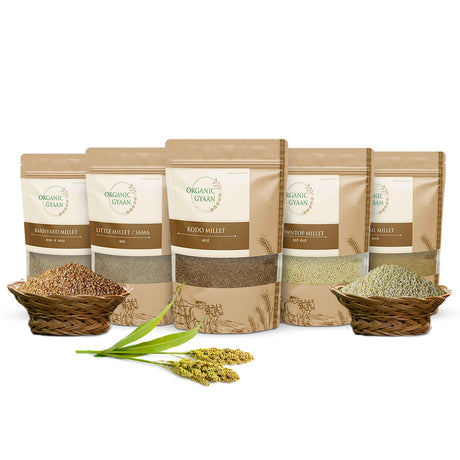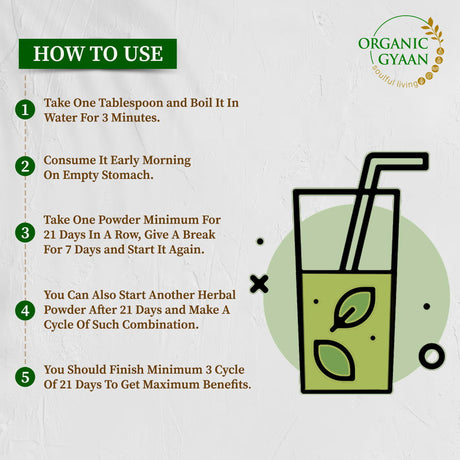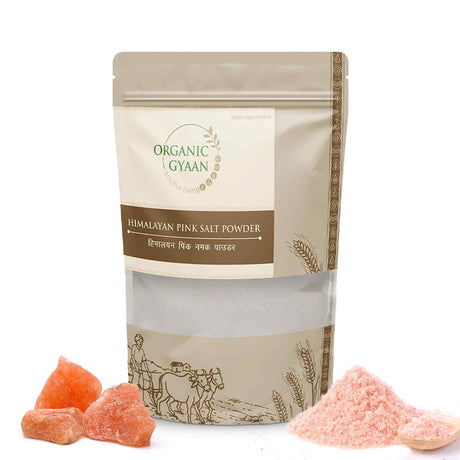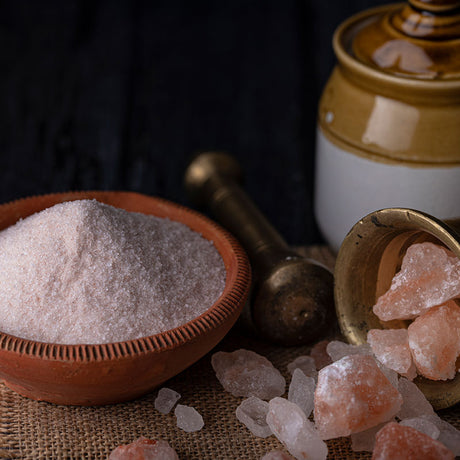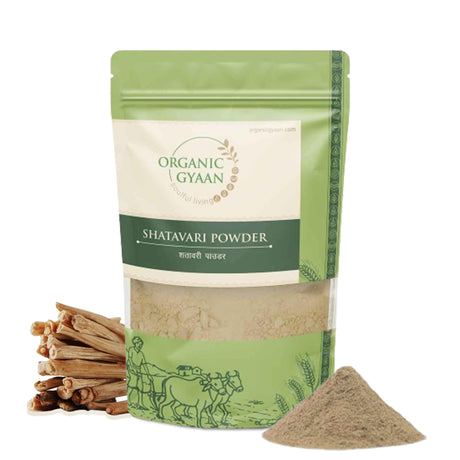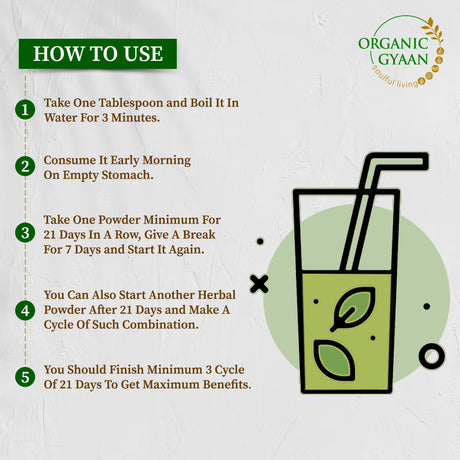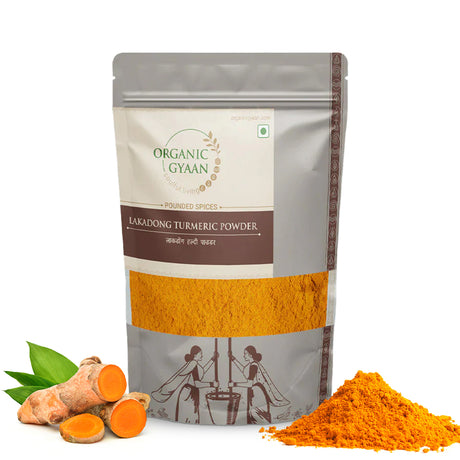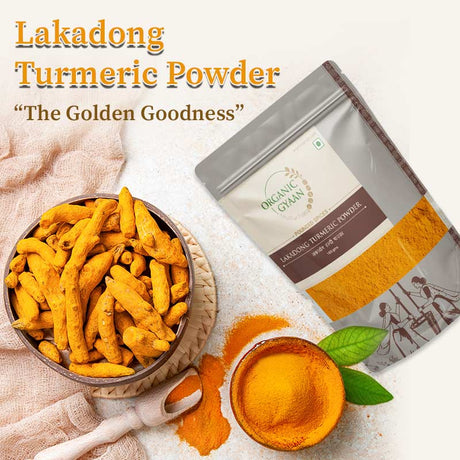Have you ever wondered why your grandmother always soaked grains overnight before cooking them the next day? You might have thought, “Is this really necessary?” But it turns out—she was right. Especially when it comes to millets, a group of ancient grains making a huge comeback in kitchens across the world.
In our fast-paced world, we often look for shortcuts—quick meals, instant mixes, pre-cooked everything. But when it comes to millets, slowing down and taking that extra step—soaking—can make all the difference in how your body digests, absorbs, and benefits from these powerful grains.
So today, let’s talk about something simple yet powerful:
Soaked millets vs. unsoaked millets—what’s the real difference, and does it actually matter?
Let’s explore.
Why Millets Deserve a Spot in Your Kitchen
Millets aren’t new. In fact, they’ve been feeding our ancestors for thousands of years. Foxtail, Kodo, Little, Barnyard, Browntop—these names may sound old-school, but their nutritional profiles are incredibly relevant today.
They are:
- Naturally gluten-free
- Packed with fiber and plant-based protein
- Rich in minerals like iron, calcium, and magnesium
- Light, energizing, and great for digestion
Millets are perfect for people who want to eat clean, stay full longer, and support their health naturally. But there’s a catch—not all millet meals are created equal. And a lot depends on whether you soak them or not.
Soaked Millets vs. Unsoaked Millets: What’s the Big Deal?
What Are Soaked Millets?
Soaked millets are simply whole millets that have been rinsed and soaked in water for about 6 to 8 hours (or overnight). It’s a gentle, natural process that brings the grain “to life.” The texture changes, the outer coating softens, and the nutrients become more bioavailable to your body.
What Are Unsoaked Millets?
Unsoaked millets are what most of us are used to cooking these days—just rinse, boil, and eat. While still nutritious, this method skips the traditional step of soaking, which impacts how your body processes the grain.
Let’s break it down.
The Benefits of Soaked Millets (And Why Your Body Will Thank You)
1. They’re Easier on Your Stomach
Have you ever felt bloated or heavy after eating millets? That’s because unsoaked grains are harder to digest. Soaking softens the outer layer and starts breaking down the complex starches, making it gentler for your gut.
If you have a sensitive stomach, or you’re preparing food for children, the elderly, or someone recovering from illness—soaked millets are the way to go.
2. You Get More Nutrition From Every Bite
Millets naturally contain something called phytic acid—a compound that can block the absorption of key minerals like iron and calcium. Soaking helps neutralize this. In simple terms: when you soak, you unlock more nutrients.
So if you’re someone who’s trying to improve your energy levels, iron levels, or bone strength, soaking is a simple way to give your body better access to the good stuff.
3. They Cook Faster and Taste Better
If you’ve ever cooked unsoaked millets, you know it takes longer and the texture can be uneven. Soaked millets, on the other hand, cook quickly, turn out fluffier, and absorb spices better.
The result?
Delicious dishes like millet khichdi, porridge, dosa, or even rotis that are soft, light, and more flavorful.
When Can You Use Unsoaked Millets?
Now, this doesn’t mean unsoaked millets are “bad.” They still have fiber and protein. But they may be better suited for things like:
- Quick dry snacks, like roasted millet chivda
- Emergency meals, when you don’t have time to soak
- Puffed millet-based bhel or dry mixes
In these cases, you can make digestion easier by pairing unsoaked millets with digestive spices like cumin, ajwain (carom), or ginger.
Still, if you’re aiming for wellness, balance, or healing—soaked is always better.
Soaking Millets: The How-To Guide
It’s incredibly simple and takes less than 2 minutes of your time (plus a little patience).
Here’s what to do:
- Rinse your millet thoroughly to remove any dust or dirt.
- Soak in 3 to 4 cups of clean water for every cup of millet.
- Leave it for 6 to 8 hours (overnight works great).
- Drain and rinse again before cooking.
Optional tip: Want even more gut support? After soaking, let it sit at room temperature for another 6–12 hours to naturally ferment.
Delicious Ways to Enjoy Soaked Millets
- Ambali – A fermented drink made from soaked Foxtail Millet
- Millet Porridge – Comforting and nourishing for breakfast
- Millet Idlis or Dosas – Light, fluffy, and full of flavor
- Khichdi – Healing and wholesome, especially with veggies and spices
- Steamed millet rotis – Soft and ideal for pairing with dals or sabzis
Once you try these, you’ll realize how easy it is to make millets a regular part of your lifestyle.
Traditional Wisdom Meets Modern Needs
Our ancestors didn’t have studies, research, or health trackers—but they had deep wisdom passed down through generations. They knew that soaking grains made them lighter, gentler, and more nourishing.
Even today, in many rural and tribal communities, soaked millet meals are used for:
- Boosting energy
- Supporting recovery after illness
- Aiding new mothers with postpartum strength
- Enhancing digestion and skin clarity
It’s proof that sometimes, going back to basics is the best health advice we’ll ever get.
The Final Word: Soaked Millets Are a Small Habit with Big Impact
It’s easy to overlook simple steps like soaking, especially when we’re pressed for time. But when it comes to millets, that extra step changes everything—from how you digest to how much your body benefits.
Soaked millets are kinder to your gut, easier on your system, and richer in nourishment.
They’re not just food—they’re wellness in every bite.


